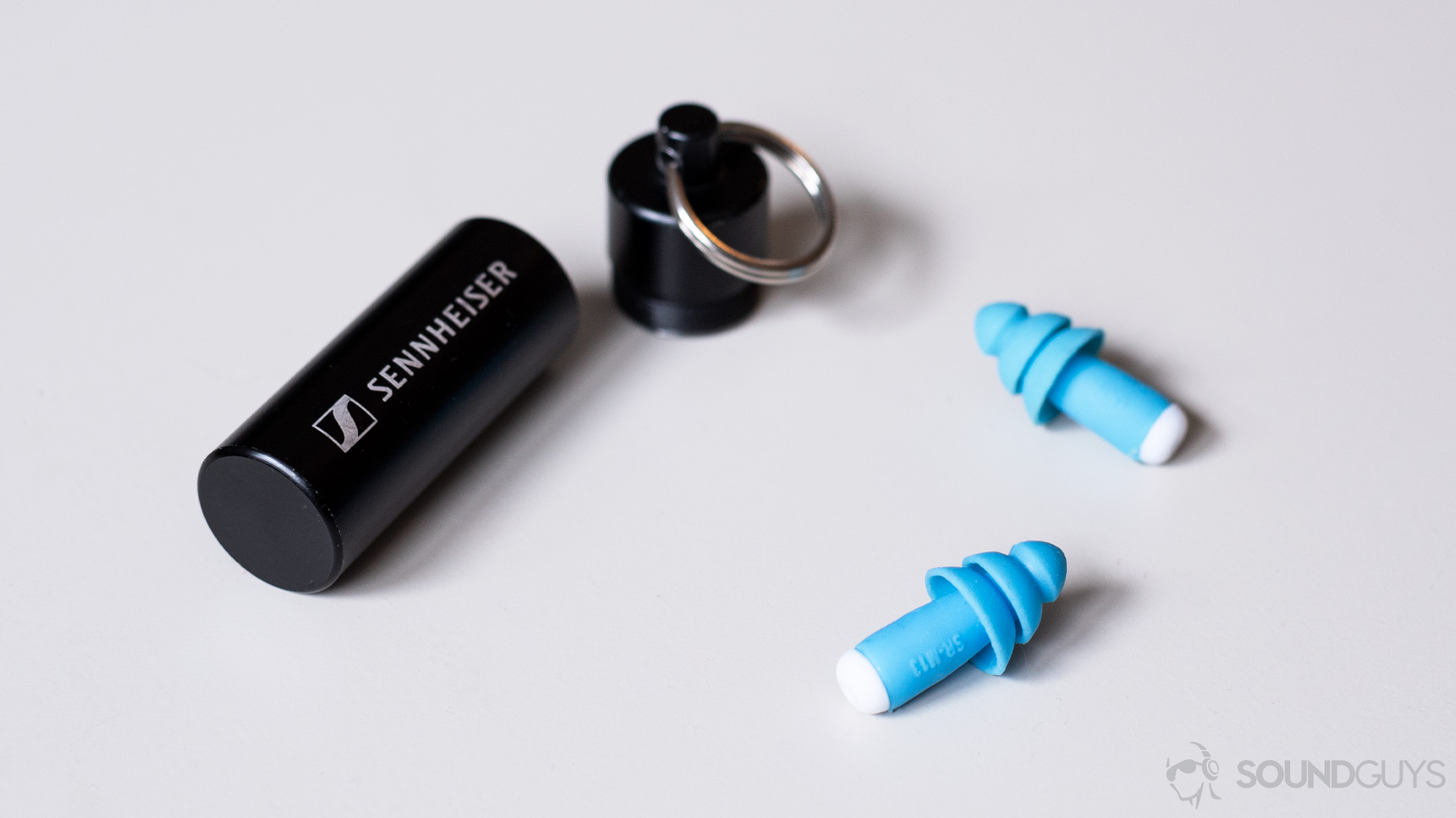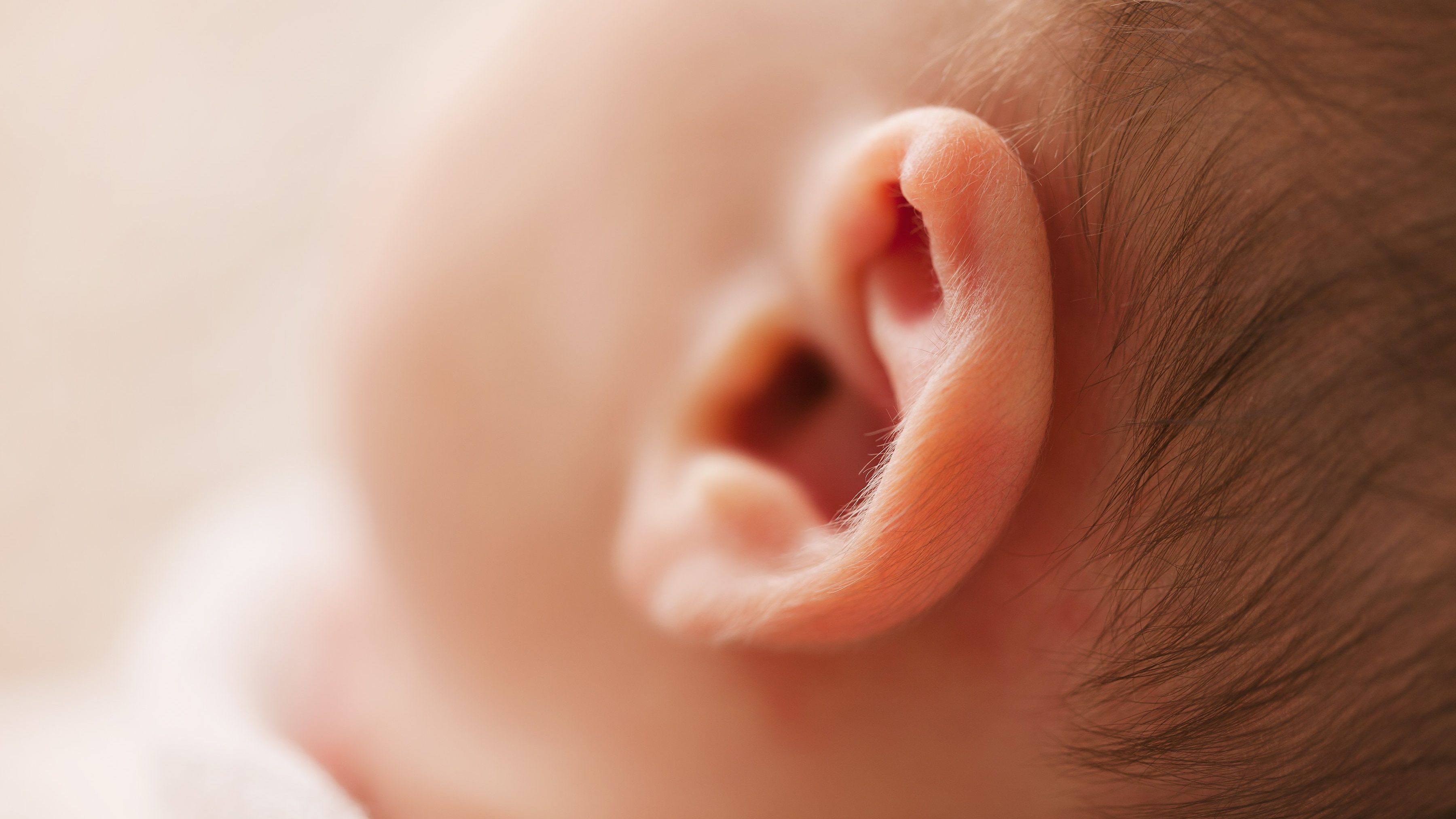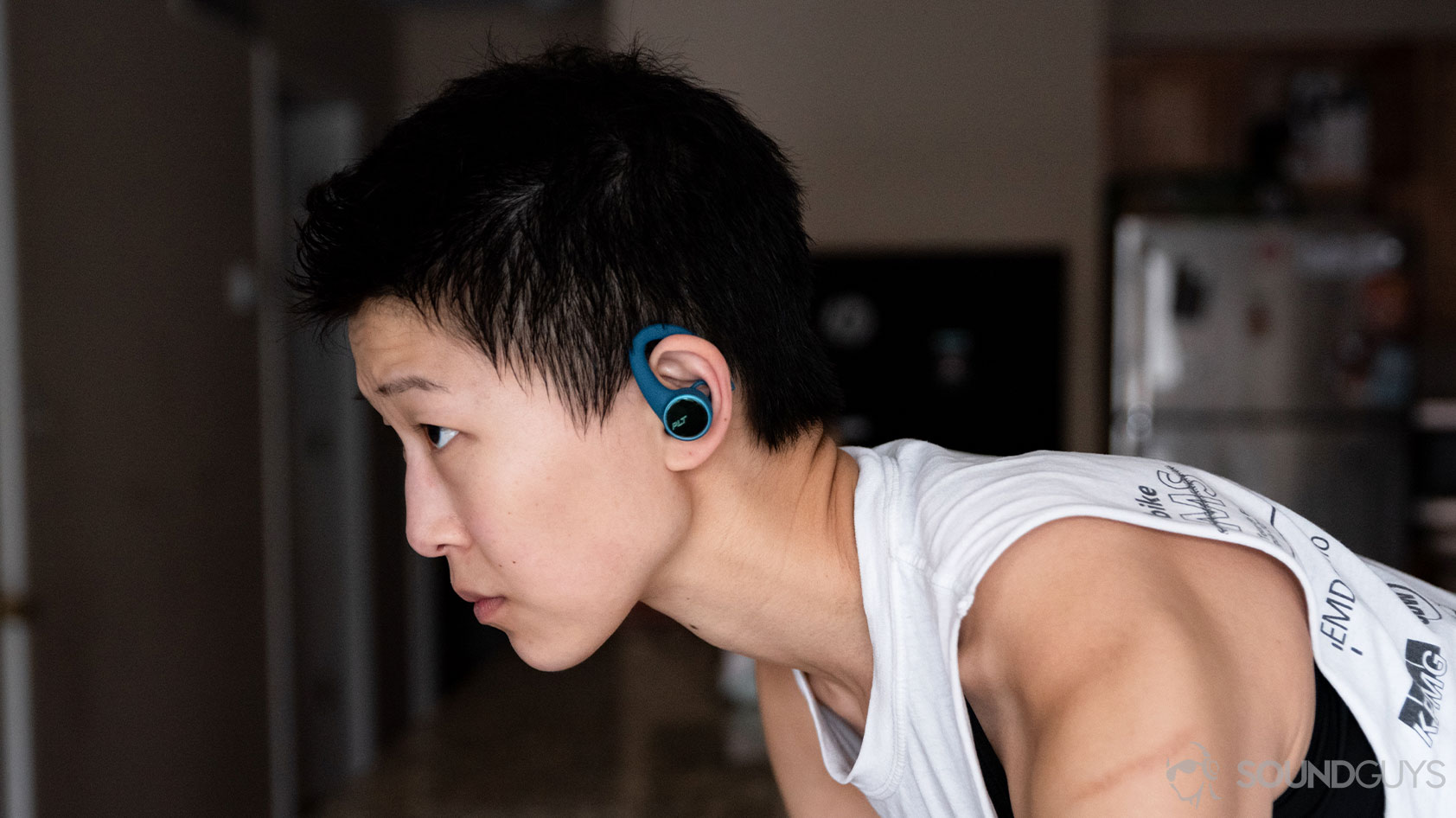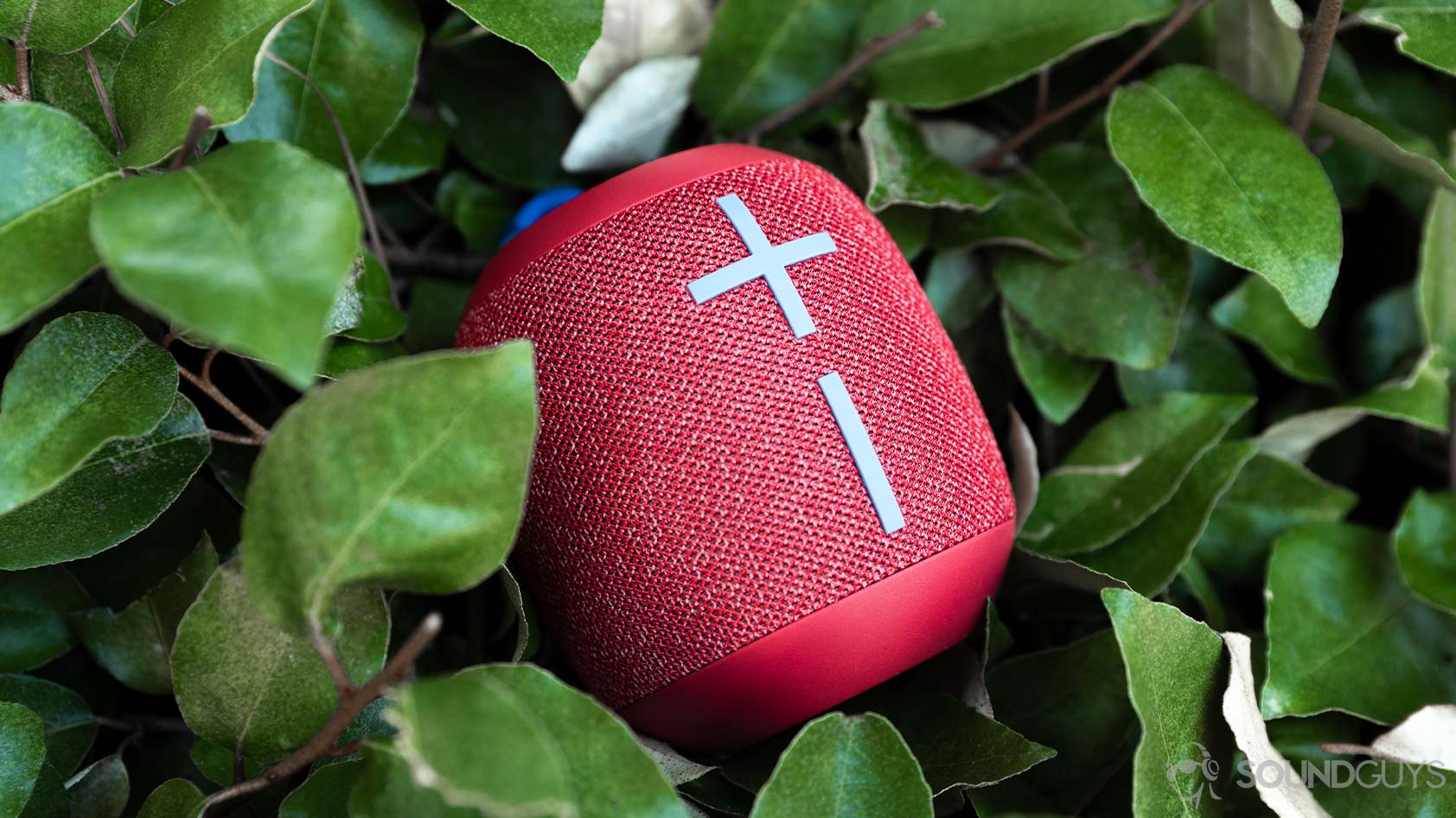All products featured are independently chosen by us. However, SoundGuys may receive a commission on orders placed through its retail links. See our ethics statement.
Why we should actively prevent hearing loss
June 29, 2021
Everyone likes saving money, but not everyone knows how to. Well, preventing hearing loss can save billions of dollars globally if measures are earnestly implemented—that’s right, millions, but with a “B.” Combating hearing loss as soon as possible not only improves the lives of individuals but also benefits society at large. I implore you to advocate for hearing loss prevention policies and to protect your precious lobes.
Editor’s note: this article was updated on August 31, 2021, to add information about hearing aids and volume limiters.
What is hearing loss?

Hearing loss is a catch-all term to describe three major types of hearing loss: sensorineural hearing loss (SNHL), conductive hearing loss, and mixed hearing loss. SNHL stands as the most ubiquitous variety, and results from damage to the little hair follicles on the inner ear and nerve pathways. It also happens to be the type of impairment that noise-induced hearing loss (NIHL) is categorized under. Those suffering from this type of hearing damage report difficulty perceiving soft, high-frequency sounds. Unfortunately, this common type of auditory damage can’t be remedied with medication or surgery, but may be assuaged with hearing aids. According to the American Speech-Language-Hearing Association ASHA audiologist Paul Farrell,
… [risk factors] include the noise conditions in which a person is exposed, how long you are exposed, biological factors, like gender, age, race/ethnicity, genetics and general health issues that can influence susceptibility to the effects of noise.—Paul Farrell, ASHA
Can hearing loss hinder social and emotional wellbeing?
From the washing machine that’s on its last legs to the construction adjacent to your building, the presence of noise is pervasive and almost impossible to avoid. Hearing loss isn’t automatically detrimental and many of us experience what ASHA categorizes as normal hearing loss, this is a loss range of -10 to 15dB(HL). Said loss comes with age and general exposure to loud sounds; it’s also a low enough degree of impairment that we skate by without realizing its impact.
In childhood

Yet it isn’t just older individuals who are at risk for hearing loss. As stated by the World Health Organization (WHO), “Unaddressed hearing loss … can have a significantly adverse effect on academic performance in children.” When this occurs in a child who unwittingly suffers from hereditary hearing loss, it may hinder her ability to communicate with her peers and guardians, and it can delay spoken language development altogether.
Communication difficulties snowball for those without early intervention therapies, sometimes resulting in stunted development of sophisticated language use. This doesn’t mean a child’s mental vocabulary is elementary through adulthood, but there are greater instances of slowed lexicon growth, as stated in the book Hearing Loss: Determining Eligibility for Social Security Benefits. Unfortunately, hard-of-hearing children experience increased rates of grade failure and greater educational accommodations, which are difficult to ascertain in less wealthy regions. If possible, it’s extremely important to take hearing loss prevention measures in childhood by way of regular pediatric appointments and hearing protection, because 60% of childhood hearing loss cases are preventable.
Into adulthood

Once we creep into adulthood and greater degrees of hearing loss, classified as mild to profound, we notice its negative effect on an individual’s social interactions and confidence. Hearing-impaired people report feelings of social exclusion, frustration, and loneliness, according to the WHO. These negative feelings are particularly present with older individuals, something I can attest to witnessing with my father.
Read on: A guide to hearing aids
He benefited from standard hearing aids, but during the onset of his hearing loss, he often asked my family to repeat what was said. After a long rally of “what,” he’d give up, and for good reason: it’s exhausting to constantly have others relay what just happened. To add insult to injury, I wasn’t a patient child and lacked the ability to step outside myself, resulting in my own feelings of frustration with his impairment. Suffice to say, this only aggravated the situation further.
It goes beyond familial interactions, though: Frank Lin, M.D., Ph.D, of Johns Hopkins explains that individuals are less inclined to enter general social situations when they anticipate lessened engagement as a consequence of hearing difficulties. This kind of social isolation doesn’t just impact emotional satisfaction and general confidence: it may also increase the risk of poor eating, alcohol consumption, depression, and dementia.

People tend to waffle on getting hearing aids or cochlear implants, citing aesthetic reasons, financial costs, and learning curves. While all of these concerns are valid, hearing aids are no longer the clunky, chunky pieces of yesteryear. Instead, cochlear implant devices and hearing aids are fairly inconspicuous. For those worried about the technology acting as a signpost of aging, the fact of the matter is that frequent communication keeps your brain active and thus helps individuals feel younger, rather than just passively watching situations go by.
Unfortunately, the financial cost is a hard obstacle to overcome in the United States, as only some states require the full cost of hearing aids to be covered by health insurers. Those without proper or full coverage may be left footing a bill of ~$1,500 per ear after evaluations, fittings, and hardware are taken care of.
How does hearing loss impact the economy?
Let’s take a step back to briefly examine things from a macro level: hearing loss affects 466 million people globally, and by 2050, it’s predicted that over 900 million people will have disabling hearing loss according to the WHO. It takes a societal toll as those with hearing loss are forced to turn to social welfare systems rather than medical care systems in certain regions. The WHO’s Global costs of unaddressed hearing loss and cost-effectiveness of interventions executive summary (2017) reports a global cost of $67-107 billion to the healthcare sector, excluding the expense of providing hearing devices, and 63-73% of the cost is incurred by low and middle-income countries.
Hearing loss prevention is a cost-effective way to mitigate the global annual cost of unaddressed hearing loss.
These numbers don’t yet account for productivity declines due to increased underemployment and unemployment of the hearing impaired, which costs $105 billion annually according to the same WHO report. You can read the report for a breakdown of the various categorical losses, but the number to remember is this: ~$750 billion is the annual cost of unaddressed hearing loss globally, which is certainly more than some chump change.
How can you prevent hearing loss?

These high costs call for public intervention of hearing loss as it takes a huge toll on the healthcare sector and the global economy at large. Policymakers will reap the benefits of advocating for hearing loss prevention and intervention programs. Although it will be costly to initially implement, the savings over time will be cost-effective, not to mention the positive impact on individual and societal wellbeing.
Seeing how hearing loss may cause accidents, it’s important for employers to provide protective equipment when appropriate. Construction sites are no stranger to fatal accidents whereby workers are often exposed to noises exceeding 90dB(A). Sandblasting and chainsaw loudness levels vary from 100-120dB(A), and 94dB(A) noises are considered dangerous to hearing. It’s important to provide them so he may remain protected while on the job. If his hearing becomes degraded due to repeated, prolonged exposure to loud noises, he may suffer an otherwise preventable injury. Ultimately, the employer could very well have a workers’ compensation case on its hands, costing much more than shelling out for protective earmuffs.
Noise-induced hearing loss is completely preventable, but once it occurs, it is irreversible and permanent. That is why it is so important to take proactive steps to protect yourself.—Paul Farrell, ASHA
In the United States, we’re seeing policymakers serve the needs of the hearing-impaired community: on December 13, 2019, the House of Representatives voted to expand Medicare coverage to hearing aids and related auditory health services in bill H.R. 3. Even though this expansion is a big step for hearing-impaired advocates, it will be a while until Medicare coverage comes to fruition as H.R. 3 must be approved by the US Senate: currently a mausoleum of bills killed by Mitch McConnell. The 2020 election may change the circumstances of H.R 3, but that’s a future that’s tough to forecast.
Although government solutions tend to move slowly, companies like Bluetooth SIG and Fraunhofer are already improving the lives of the hearing impaired. Take Bluetooth LE Audio and the LC3 codec: this was introduced in January 2020, and promises to benefit Bluetooth hearing aid users by way of multistream and broadcast audio functionality. This means users can tune in directly to nearby sources. For instance, at a train station, you can deliberately tune into announcements pertaining to your departure, so you no longer have to strain through the noise for important info. Users can also funnel a TV broadcast right into their ears through the hearing aids instead of having all external noise amplified and processed around them.
Hopefully, we continue to see hearing loss prevention practices and support for the hearing-impaired community, as it will not only improve an individual’s life but will benefit society as a whole.